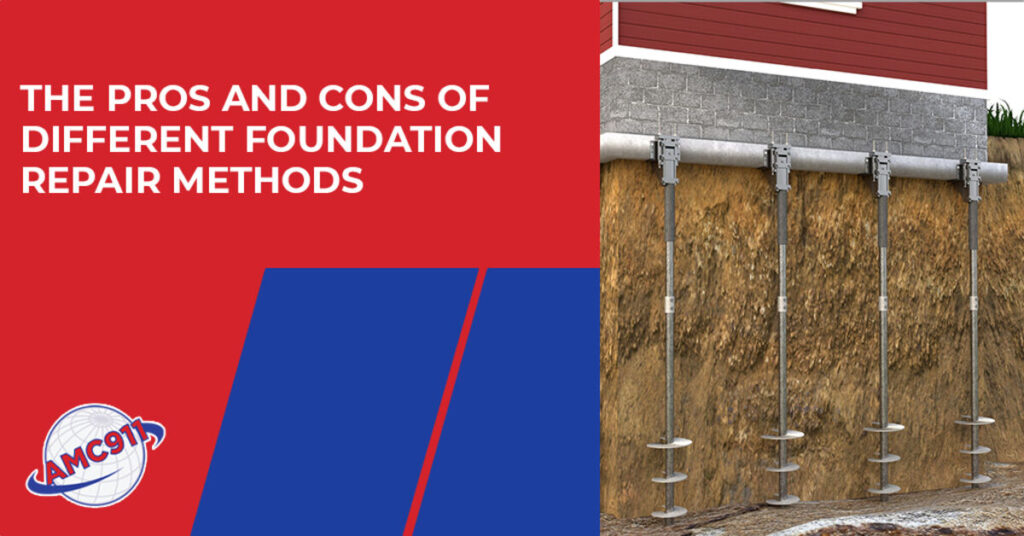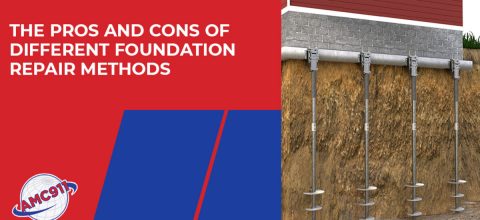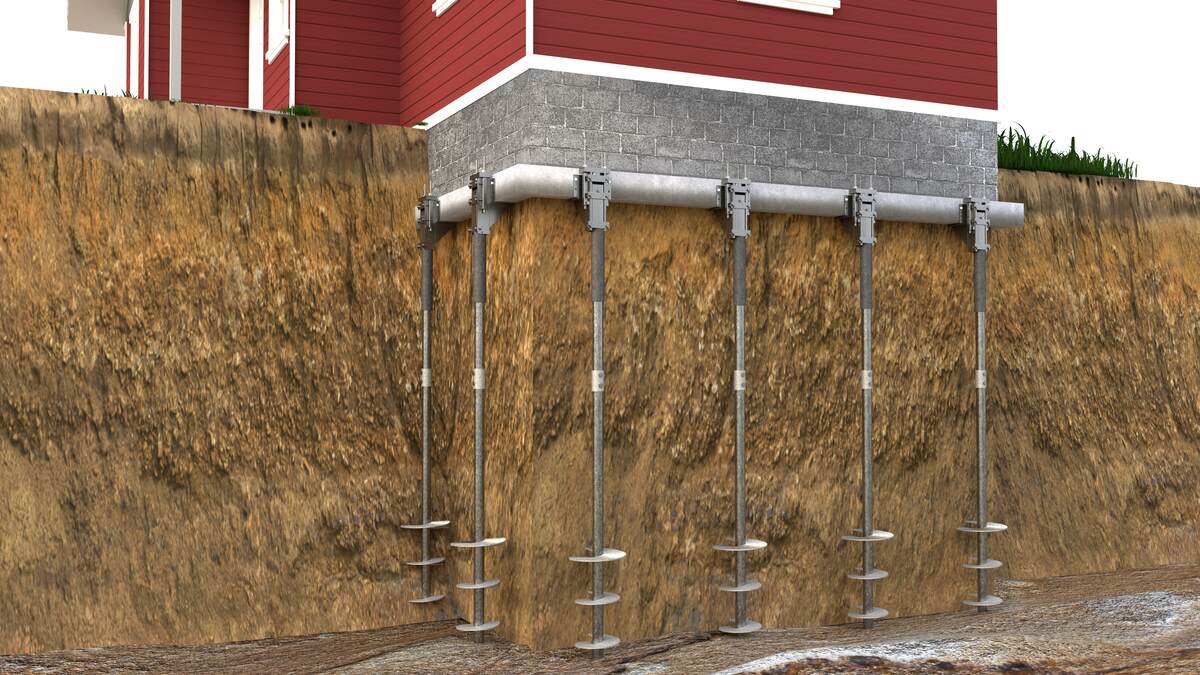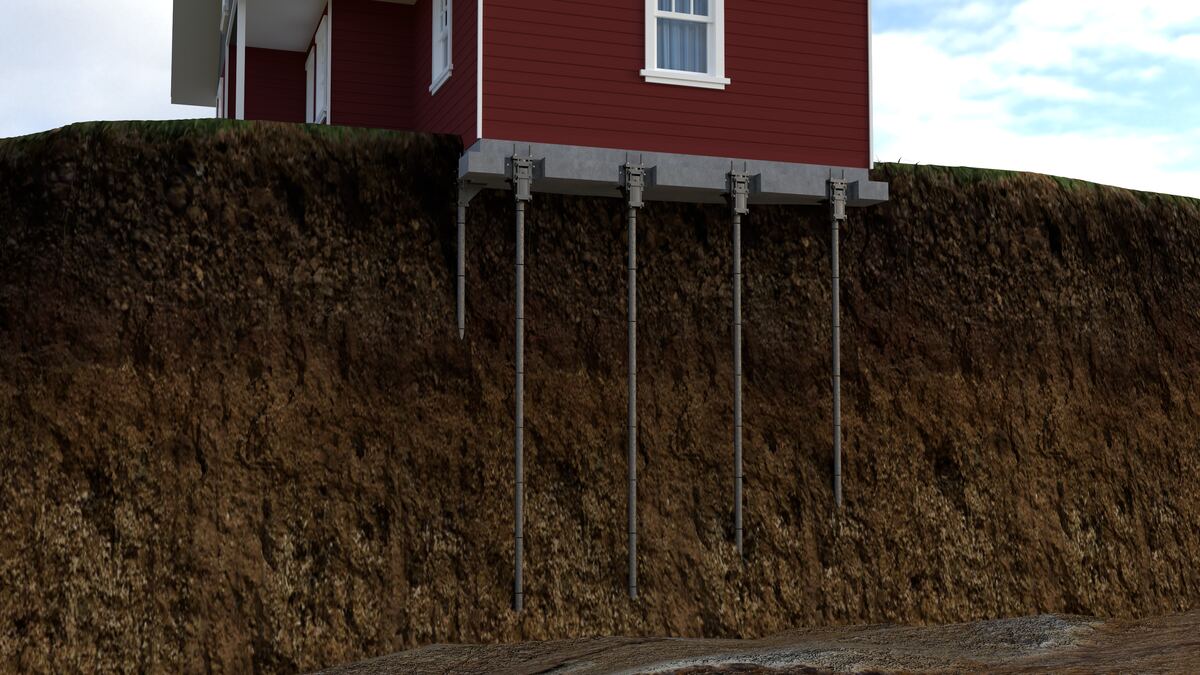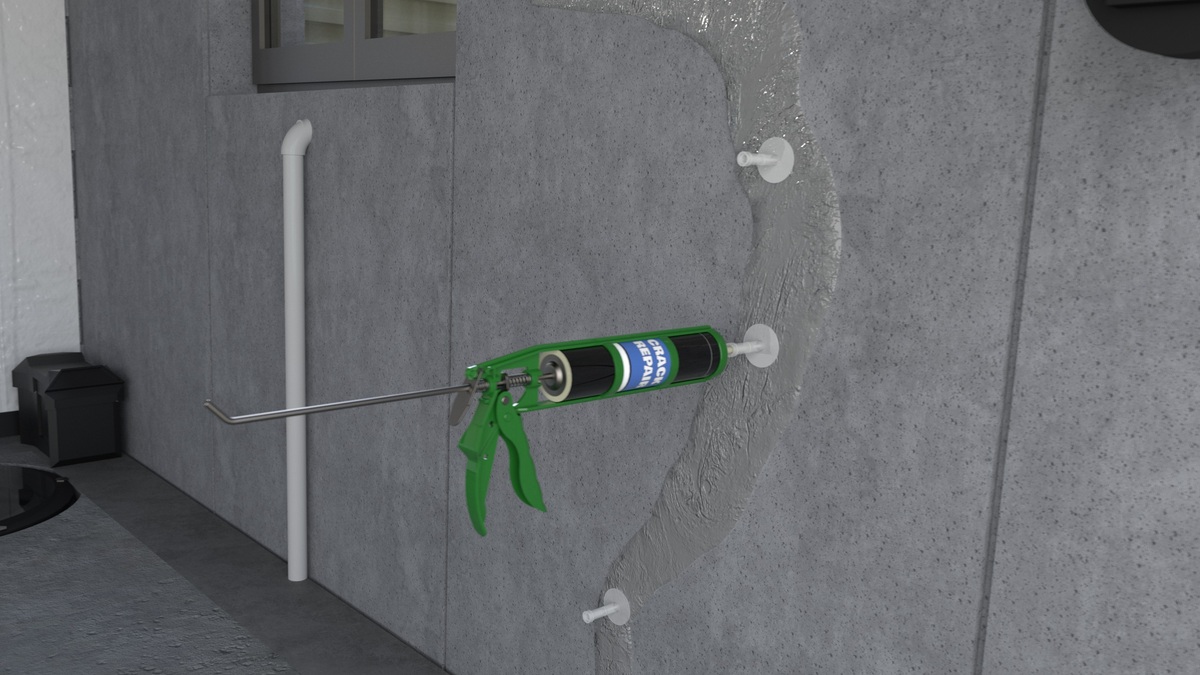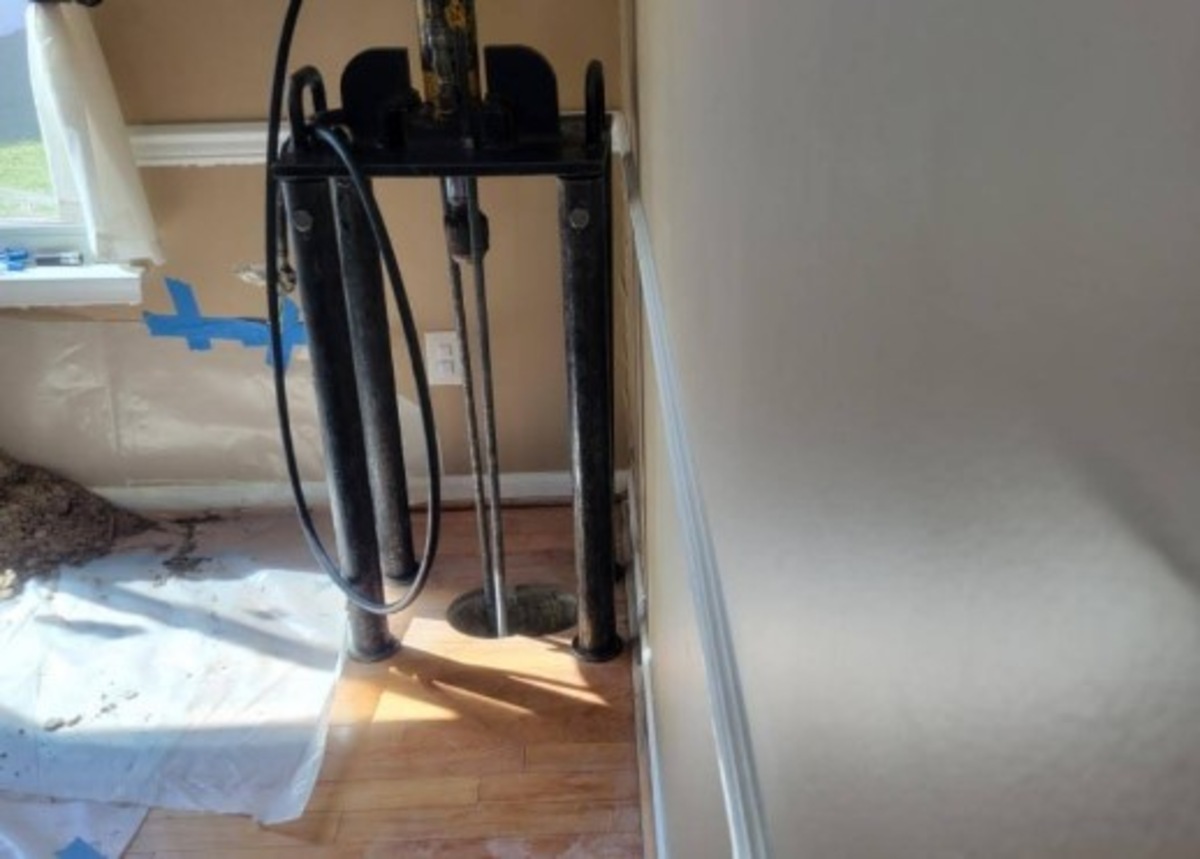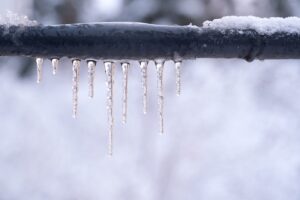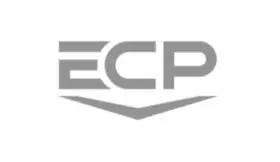Foundation cracks are a common indicator of trouble, but not all cracks are alike. Some are small and harmless, while others signal serious structural issues that require immediate attention. Ignoring foundation cracks can lead to bigger problems, including costly repairs and potential safety hazards. That’s why AMC911 provides expert foundation crack repair solutions to protect your home’s stability and long-term value.
In this article, we’ll discuss the most popular foundation repair methods, highlight their pros and cons, and help you select the best method to protect your home from further damage.
What Causes Foundation Problems?
Before exploring repair methods, it’s crucial to understand the root causes of foundation issues. Common factors include:
- Soil Movement: Your home’s foundation’s stability heavily depends on the soil type beneath it. Expansive soils, such as clay, are a common culprit behind foundation problems. These soils absorb water and expand during wet seasons, exerting pressure on the foundation. In dry periods, they shrink, creating gaps that destabilize the structure. This ongoing cycle of expansion and contraction often leads to cracks, shifting, and uneven settling. An article from Virginia Energy says that about half of the homes in America are built on expansive soils, and 25% of all homes have suffered damage caused by these soils.
- Foundation Settling: All homes settle over time, but uneven settling creates significant problems. Uneven foundation settling occurs when the soil beneath the foundation compresses or shifts at different rates. This can happen due to variations in soil composition, moisture levels, or voids. The result is cracks in walls and floors, misaligned doors and windows, and other structural damage.
- Poor Drainage: Water is one of the leading causes of foundation issues. When your home lacks proper drainage, water can collect near the foundation, saturating the soil. This increases hydrostatic pressure against the foundation walls, which can cause cracks, bowing, or inward movement. Additionally, waterlogged soil becomes unstable, leading to foundation sinking or tilting.
- Weather Conditions: Extreme weather changes, such as heavy rainfall followed by drought, can severely impact your home’s foundation. Heavy rain and flooding saturate the soil, causing it to swell and exert pressure on the foundation. According to the U.S. Department of Homeland Security, just one inch of water can cause up to $25,000 in damage, highlighting the significant risks associated with extreme weather. Prolonged dry spells then cause the soil to shrink, leading to gaps and instability. This constant fluctuation stresses the foundation, often resulting in movement or cracking.
- Construction Issues: Poor construction practices can lead to foundation problems. It may struggle to support its weight over time if the foundation is built on improperly compacted soil or without adequate reinforcements. Substandard materials or design flaws can also weaken the foundation.
- Earthquakes and Natural Forces: In areas prone to seismic activity, ground shifts from earthquakes can damage even well-built foundations, causing cracks, tilting, or even partial collapse of foundation walls. According to the Virginia Tech Seismological Observatory, Virginia has experienced over 160 earthquakes since 1977, with 16% strong enough to be felt. This averages one earthquake per month, with two noticeable events each year, highlighting the potential risks for homeowners in the region.
Common Foundation Repair Methods And Their Pros And Cons
A damaged foundation can jeopardize your home’s stability and value, but modern repair methods offer reliable solutions. Each technique addresses specific foundation issues, from sinking floors to bowing walls. Here are the pros and cons of foundation repair methods and how they work:
Helical Piers
Helical piers are screwed deep into the ground to support sinking foundations. They are especially effective for homes built on expansive soils or in areas with poorly compacted soil, as they provide a stable base to prevent further settlement.
Pros:
- Ideal for homes with expansive soils or poor soil conditions.
- Quick installation with minimal disruption.
- Provides long-lasting stabilization.
Cons:
- More expensive than some other repair methods.
- Requires professional installation.
Push Piers
Push piers are underpinning tools driven into the soil until they reach stable soil or bedrock, making them ideal for lifting and stabilizing foundations. This repair method is highly effective for homes experiencing uneven settling or sinking.
Pros:
- Effective for stabilizing homes with deep foundation settlement.
- Reaches stable soil or bedrock for durable support.
Cons:
- It can be costly due to the depth needed for installation.
- It may not work well with certain soil types.
Epoxy Crack Injection
Epoxy crack injection seals cracks in concrete foundations, preventing water intrusion and further damage. This repair method is ideal for repairing minor cracks and reinforcing the foundation to reduce future risks.
Pros:
- Seals cracks to prevent water intrusion and further damage.
- Cost-effective for repairing minor cracks and preventing deterioration.
Cons:
- Not suitable for structural issues or major foundation damage.
- It may require monitoring to ensure long-term effectiveness.
Wall Anchors
Wall anchors stabilize bowing or leaning foundation walls. Anchoring the wall to the surrounding soil is particularly useful for homes with horizontal cracks caused by excessive hydrostatic pressure.
Pros:
- Provides strong stabilization for bowing or leaning walls.
- Prevents further wall movement effectively
Cons:
- Installation requires excavation.
- It’s not ideal for homes with limited yard space.
Carbon Fiber Straps
Carbon fiber straps strengthen foundation walls with minor cracks or bowing. These lightweight but durable straps provide long-term stabilization without extensive construction.
Pros:
- Lightweight and easy to install.
- Effective for reinforcing minor cracks or bowing walls.
Cons:
- It is not suitable for severe foundation problems.
- Prevents further movement but does not correct existing wall shifts.
Real-World Examples Of Homes That Required Foundation Repair
Madoka experienced two foundation issues over several years. The first was a cracked foundation caused by a river birch tree planted too close to the house. After addressing the crack and removing the tree, the second issue arose when the doors began sticking.
A foundation expert identified the problem and recommended installing steel piers under the slab foundation to provide stabilization. The homeowner appreciated the clear explanations about the cause of the issues, the steps taken to fix them, and what to watch for in the future.
This example shows how promptly identifying and addressing foundation problems can protect a home and prevent further complications.
How To Choose The Right Foundation Repair Method
Choosing the best foundation repair method involves considering several key factors that affect both the effectiveness of the repair and its cost. Here’s what to keep in mind:
1) Type of Problem
The severity and type of foundation issue determine which repair method is most suitable:
- Minor Cracks: Small cracks caused by shrinkage or minor stress can often be repaired with epoxy injections or carbon fiber straps.
- Moderate Issues: Bowing or leaning walls may require wall anchors or carbon fiber reinforcements.
- Severe Settlement: If your home is sinking or unevenly settling, methods like helical or push piers are often necessary to stabilize and lift the foundation.
2) Soil Type
The soil beneath your home’s foundation plays a significant role in the repair approach:
- Expansive Soils: Soils like clay that expand and shrink with moisture changes often require helical or push piers to anchor the foundation in stable soil or bedrock.
- Loose or Shifting Soils: Homes built on poorly compacted or sandy soils may need deep piers or other stabilization methods to ensure long-term support.
3) Budget
The cost of foundation repairs varies widely depending on the method:
- Lower-Cost Solutions: Methods like epoxy crack injection or slab jacking can be more affordable but are best suited for minor issues.
- Higher-Cost Solutions: Piers and wall anchors may have higher upfront costs but provide durable, long-term stability for serious problems. Balancing cost and effectiveness is key to ensuring the repair lasts.
4) Professional Assessment
Every foundation issue is unique, so consulting a professional is crucial. A foundation repair expert will:
- Inspect the type and extent of the damage.
- Analyze the soil conditions around your home.
- Recommend the best foundation repair methods tailored to your home’s needs.
Crack, Settle, or Bow? Choose the Right Fix for Your Foundation
Foundation repair isn’t a one-size-fits-all solution. Each repair method has pros and cons; the right choice depends on your foundation’s needs. Helical piers might be the best option for severe settlement, while bowing walls may require wall anchors for stabilization.
Working with experienced professionals is essential to ensuring your home gets the right solution. At AMC911, our experts provide personalized assessments and reliable foundation repair solutions including basement waterproofing and crawl space repairs to protect your home from further damage. Contact us today for trusted foundation repair services.

